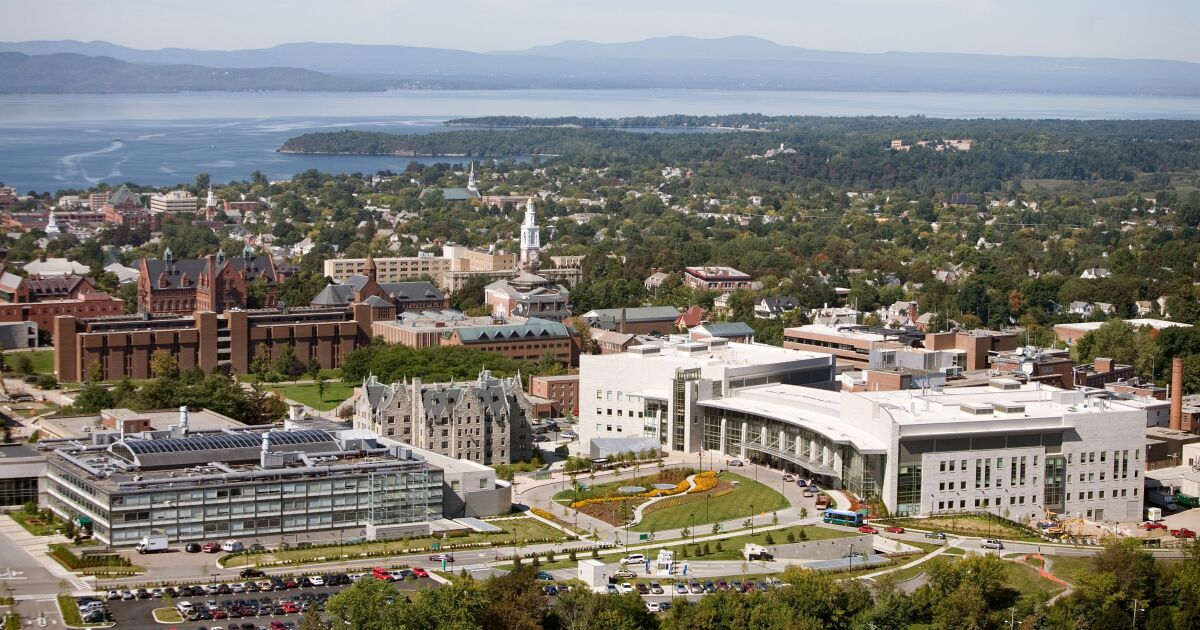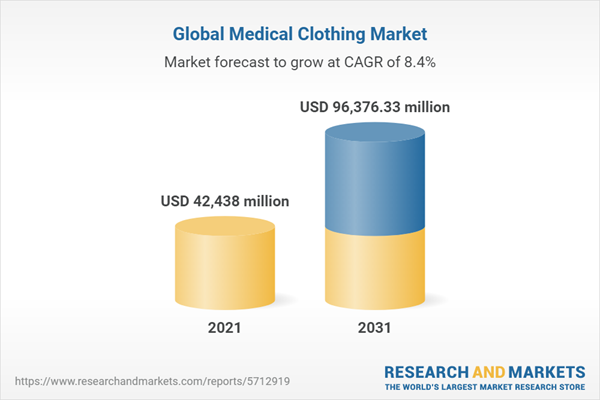[ad_1]
Dr. Sunil Eappen has taken the helm of Vermont’s largest health system, the University of Vermont’s Health Network. He replaces John Brumsted, who retired in November after more than 10 years leading the system.
As the new president and CEO, Dr. Eappen will be responsible for the oversight of all operations, including all five community hospitals, the academic medical centerthe children’s hospital and home health and hospice agency. His leadership comes at a time when staffing shortages and financial issues present immediate challenges.
Vermont Public’s Mitch Wertlieb spoke with Dr. Sunil Eappen. Their conversation below has been edited and condensed for clarity.
Mitch Wertlieb: I’m curious about your overall vision for the UVM Health Network. For example, are there any big changes that you’re contemplating to the system?
Dr. Sunil Eappen: So the overall vision is, how do we deliver the best possible care to everyone in the state and northern New York, regardless of whether they’re living rurally, or living in urban environments; regardless of their color; regardless of their race, ethnicity, language skills, etc.
So it’s, how do we deliver great care equitably across our state and in northern New York? And we have to get all of our hospitals and our health professionals to work together in order to be able to do that. So that’s the work that we need to do to get there.
Let’s talk about the current financial state of the UVM Health Network, because for the fiscal year that ended at the end of September last year, there was an estimated $90 million deficit. And that’s even after an infusion of more than $50 million in pandemic relief aid. How do things stand now financially?
Unfortunately, I think the challenges that existed at the end of last year have continued, and we don’t have that financial infusion coming in. And so that’s going to be the work that we need to do. Overall, I think we’re much in the same state that we were towards the end of last year.
“So the great resignation really did impact health care. So both doctors and nurses really did retire or leave the workforce at a much greater rate.”
Dr. Sunil Eappen, UVM Health Network president and CEO
What are the chief drivers of those operating losses?
So the biggest part of that is our temporary workforce, and the inflationary pressures that we’ve been feeling. So if you look at the workforce across the country, we have fewer nurses and fewer doctors that are in the workforce today, that cost us probably twice as much to hire temporary nurses and other doctors and even other employees that we’ve had to fill.
But the challenge for us is that if we don’t do that, we can’t provide essential services. And so we’re caught in that catch-22, where we know what’s going to drive our costs up. But at the same time, we feel the obligation that we have to provide the care for our residents and patients.
And the workforce that we have that is stable, we’ve had to raise their salaries as well, because the competition for those employees are intense. So when McDonald’s and Walmart and Costco raise their wages, we’re competing for that same workforce.
What is it that is causing the loss of the more stable workforce, the permanent nurses and other staff that you need to run a successful health network?
So the great resignation really did impact health care. So both doctors and nurses really did retire or leave the workforce at a much greater rate. At the end of the acute part of the pandemic, we really, truly have fewer employees. And then the second, because of those temporary employment agencies have been able to really increase the wages for folks that are willing to travel, and so they’ve pulled people out of that stable workforce, because you can make so much more by traveling.
But I think people are coming home not just to Vermont, but to everywhere, after a year or two of being in that work environment where they had to travel and, and be in places that maybe they didn’t love, but they’re coming back home. So hopefully that will get better.
UVM Health Network is building housing now in an effort to recruit and retain more health care workers. When do you expect that some of these, some of this housing will be available to these potential workers?
I think our first units are going to open up this spring to summer, which will provide for our workforce in a way that’s going to be income-specific, so that we will subsidize some of that cost for some of our employees. And then the second phase will be a year later, in 2024, where the child care facility as well as more housing units will open up in South Burlington, where I think is the first location for housing, child care.
Those are big challenges for us in Vermont. So we’ve had to get involved with that. And we have to work with our state leaders and business leaders in order to be able to deliver that, and we sort of take that as part of our responsibility to partner, because we’re such a large part of the workforce here.
And Dr. Eappen, prior to coming here to Vermont, you served at Brigham and Women’s Hospital in Boston. You led their diversity, equity and inclusion efforts since the year 2020. What plans do you have for improving DEI standards here in Vermont?
The situation’s a little bit different in Vermont. At Brigham, the goal was, how do we get our hospital community to match our neighboring communities. And so that meant increasing our diversity in our workforce so that we can match that. Here, I think we have a responsibility to be leaders, we are the whitest state in America, I think we’re about 93% white. And so bringing in and having our folks appreciate what diversity and the value that a diverse workforce brings, and the way that we can be more creative, is going to be a really big part of the work that we do. And so we’re gonna see a big change, I think, in that we’re working towards it and starting that work in a lot of ways inside of our network, so I’m excited about that work as well.
“And so if we want to be able to recruit the best nurses and doctors and be able to have the best workforce, we need to be able to pay them. And those dollars come from making sure that we hit our margins. So that margin is critically important for us to be able to best serve our residents.”
Dr. Sunil Eappen, UVM Health Network president and CEO
You sound really optimistic, and that’s something that you need taking on such a big challenge and job. But I am wondering, you know, that deficit… $90 million, how much of that gap needs to be closed in order to get out of a situation that may be at crisis levels? Do you feel it’s at a crisis level?
It is, and I think it’s a really, really good point, because the reason that we need to go from being negative to positive on that margin, is so that we can reinvest. And if we can’t reinvest, we’re really in trouble. And by reinvest, I mean in the physical structures, hospital rooms and beds; MRIs and CT scans, and things like that.
But on the other side of reinvestment is reinvesting in our people. And so if we want to be able to recruit the best nurses and doctors and be able to have the best workforce, we need to be able to pay them. And those dollars come from making sure that we hit our margins. So that margin is critically important for us to be able to best serve our residents.
When’s the next benchmark for that?
So for our margin to go up and to make more profit, we need to see that probably when we look at it at the end of March or April. So the first half of the year, our fiscal year, that’ll be a good time, a good measure for us to look and see how we’re doing.
Have questions, comments or tips? Send us a message.
[ad_2]
Source link




